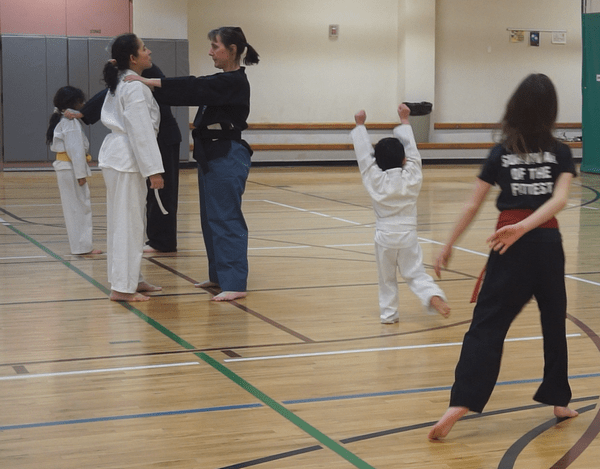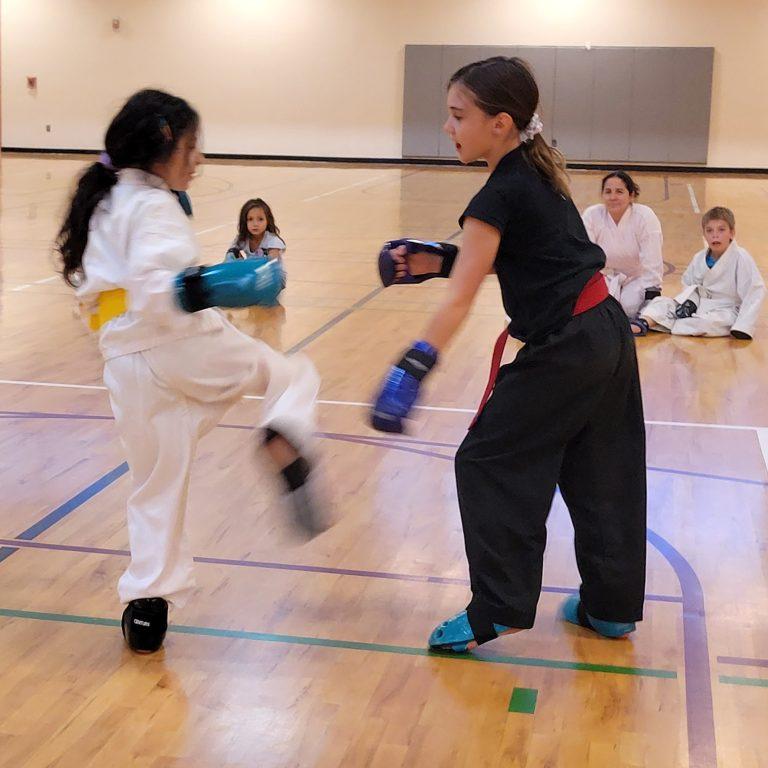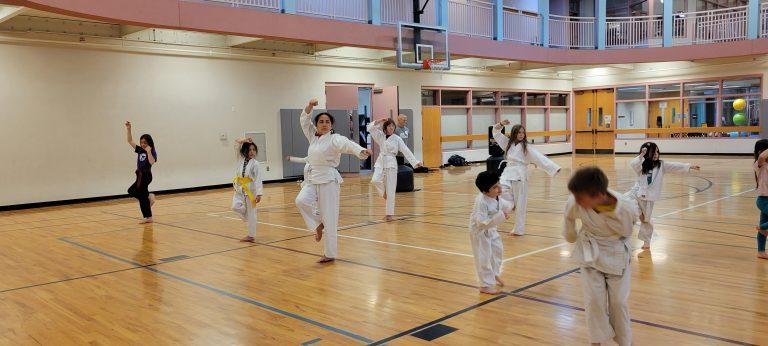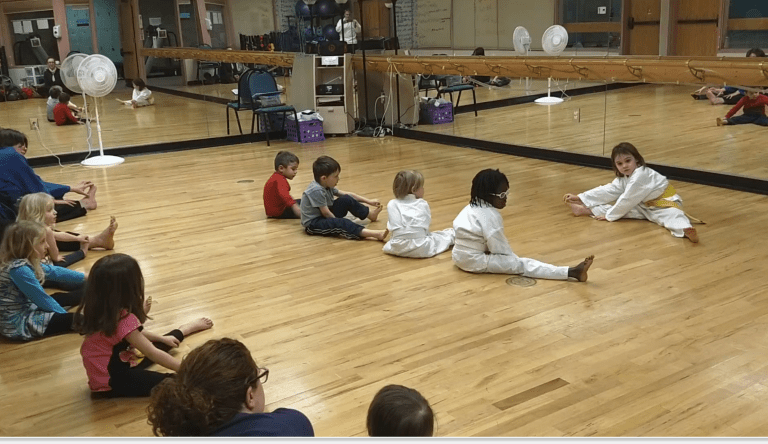by: Steve Schwettman
Prior to the 20th century, the martial arts were almost completely based on military need. In other words, training soldiers. Through the Roman Centurion, Japanese Samurai and Ninja, Shaolin Monk, and Medieval Knight, societies satisfied their need for defense through elite warriors.
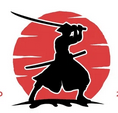
Today, individual arts have evolved to serve many different needs and functions. This can be a source of confusion among those who are interested in beginning training. Additionally, we always have to be vigilant of the ways that marketing tactics creep into our lives and influence our decisions. Currently, some of the most popular systems have harnessed marketing inappropriately according to traditional values. Some systems claim to be “proven the best in the ring”, or have remained “closest to the source” of martial arts. They are attempting to sell you the superiority of their art, when in fact, the will and determination of an individual student is far more important than the art itself.
The Four Elements of Training
Choosing a school for yourself or your children involves identifying the elements that you are seeking through training. Every martial arts school has a unique balance of four possible elements. Some schools will strictly adhere to a single system, thus inheriting the balance of elements from that system. In other schools, the instructors will bring their own experience and cross-training to bear, lending a unique balance:
- Protection: self-defense, goal is to survive.
- Confrontation: one on one fighting skills, often focused on sport, goal is to win.
- Health: flexibility, balance, cardio, muscle development, goal is to improve our quality of life.
- Character: develop life skills for leadership, self-confidence, and respect for others, goal is to have a fulfilled and moral life.
Schools that focus on protection tend to train for chaotic real-life scenarios, which require proficiency in a large number of techniques, as well as the need to be dynamic.
Confrontation programs, by contrast, address more controlled situations. The training is more focused, particularly if it is geared toward a specific competition circuit. However, within their range, they develop a high degree of technical skill.
Some schools and systems are focused more on health aspects than either of the above elements. While some might claim that these are not true martial arts systems, I believe that they satisfy a real need in our society, even more so than the first two elements. Statistically speaking, we are more likely to be negatively affected by our own poor health than by a self-defense scenario or one-on-one physical confrontation.
Finally, the character development aspect is especially important among parents who wish to instill strong values and self-confidence in their children. And although they would never admit it, I believe that most of us adults should spend some time exploring their character traits as well!
Classifying Our Program
So what is our school’s balance? On the surface, Taekwondo is generally considered to be one of the milder confrontation arts, since it has its own sanctioned tournament circuit focused on safe competition. However, it would be wrong to stop there in describing our school, since our lineage can be traced to very traditional martial arts roots. Our school contains far more self-defense, health, and character elements than one might at first assume.
I would say that our school does an amazing job of splitting the elements evenly, so I would describe the percentages of our particular school as follows:
- Self-Defense: 25%
- Confrontation/Sparring: 25%
- Health: 25%
- Character: 25%
I also believe in leaving any preconceived notions at the door. Martial arts styles have more similarities than differences. It is the will and determination of the student that defines whether or not they will achieve their goals.
